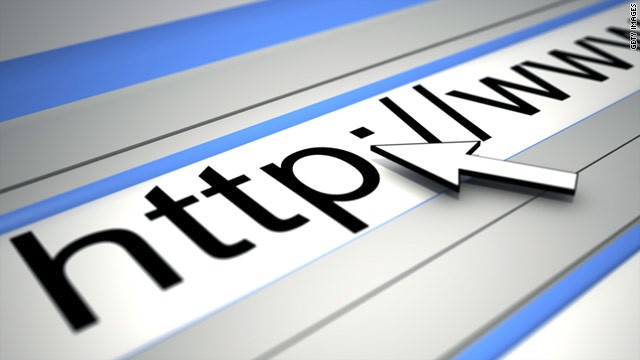The Internet is Shrinking

Courtesy Photo / cnn.com The internet’s current addresses have run out
Feb 10, 2011
The Internet is running out of addresses to allocate to its users.
Last week, the American Registry for Internet Numbers (ARIN), the nonprofit organization that assigns addresses, announced that it allocated the last available addresses. Andrew Kalafut, assistant professor in Grand Valley State University’s School of Computing and Information Systems, said that this will become a problem for the university and all Internet users.
“The Internet is a network of connected computer networks, all able to communicate with each other,” Kalafut said. “IP (Internet protocol) addresses identify each computer on the Internet, just as a street address identifies a building. When we send packets of data over the Internet, devices called routers look at the destination IP address and use this to decide where to send the packet of data. This is similar to the post office looking at the street address on an envelope and deciding where to send the envelope.”
There are different versions of the Internet protocol, but most computers run on version four, Kalafut said. The protocol, which allows computers to communicate over the Internet, specifies a fixed length of address.
John Curran, CEO of ARIN, said in a press release that the old pool of Internet Protocol addresses had about 4.3 billion addresses.
“A billion sounds like a lot,” Curran said. “But when you think that there’s nearly 7 billion people on the planet, and you’re talking about two, three, four, five addresses per person (for some Web users), obviously 4.3 billion isn’t enough.”
With addresses running out fast, Internet users are facing a serious issue. Computers that cannot get new addresses will not be able to communicate over the Internet, Kalafut said.
“The solution to this is a new version of the Internet Protocol, version six, which allows addresses four times as long,” Kalafut said. “This allows vastly more addresses, more than 340 undecillion.”
Although one undecillion is equal to a 1 followed by 36 zeros, Kalafut said it still won’t be enough to correct the problem, Kalafut said. Computers that only have the old version four addresses cannot directly communicate with computers that only have new version six addresses.
“From the computer in my office, I cannot access websites that only have a version six address,” Kalafut said. “There are not many of these now, but in the future there likely will be.”
Because GVSU’s websites only have the version four addresses, anyone using version six IP address will have difficulty accessing GVSU Internet resources.
Kalafut has discussed this upcoming issue with students in his Computer Networking class and plans on bringing it up in Data Communications later in the semester.
“The students seem to be very interested in the problem and how things got the way they are,” Kalafut said. “I think most of them understand that making this transition is a difficult problem.”
While Kalafut said that it is unlikely the Internet Protocol transition will affect the average student much for the time being, GVSU will have to take steps in the future to provide for those students, faculty and staff using version six.
“As more and more content gets added to parts of the Internet that only have the new IP version 6 addresses, GVSU would have to update to support it, otherwise we would not be able to easily access this new content.”
[email protected]





















